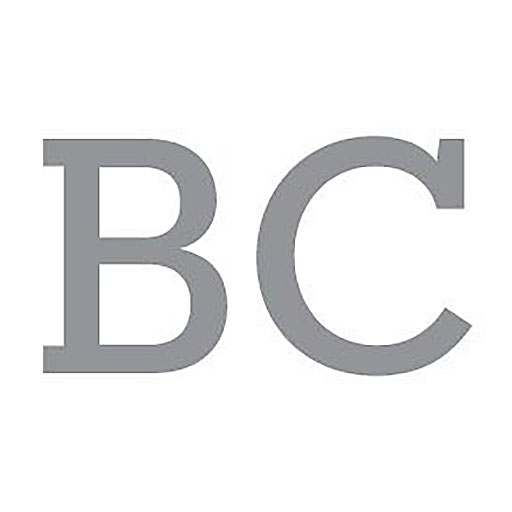4 Reasons to Start Crawling
This movement is topping the list of physical therapists’ go-to moves.
Crawling, jumping, climbing and balancing all fall into a category called fundamental movements. Essentially, these are actions we learn when we’re young, but then we lose the ability to do with age if not practiced. According to the International Journal of Sports Physical Therapy, testing your ability to do these types of movements can determine if you possess or lack essential strength and functionality.
The best part? this total-body workout can be done at home with no equipment.
Placing wrists under your shoulders and knees under your hips, like a table, maintain a flat back while lifting your knees one to three inches off the ground and hover. Then, using your core, hold your position hovering over the ground while alternating hand and foot movements to move forward and backward or left and right.
The key is to keep your core tight and back flat; if you need help, a well-placed plate on the lower back can serve as a positioning reminder.
You might feel funny the first time you try it, but the benefits are well worth the time.
Tones Core
This movement stimulates your arms and legs as they move, but it’s your core that maintains the shape of your crawl.
Resets Central Nervous System
Crawling stimulates your central nervous system and instinctively forces your body parts to work together and build a connection.
Trains Balance
Balance and stability are your body’s natural inclinations to anticipate and adjust to stimuli before they happen, while maintaining an upright or desired (crawling) position.
Benefits Brain
Crawling activates your corpus callosum, which is the broad band of nerve fibers joining the two sides of your brain. Essentially, as you strengthen your arms, legs and core, you’re also strengthening these



